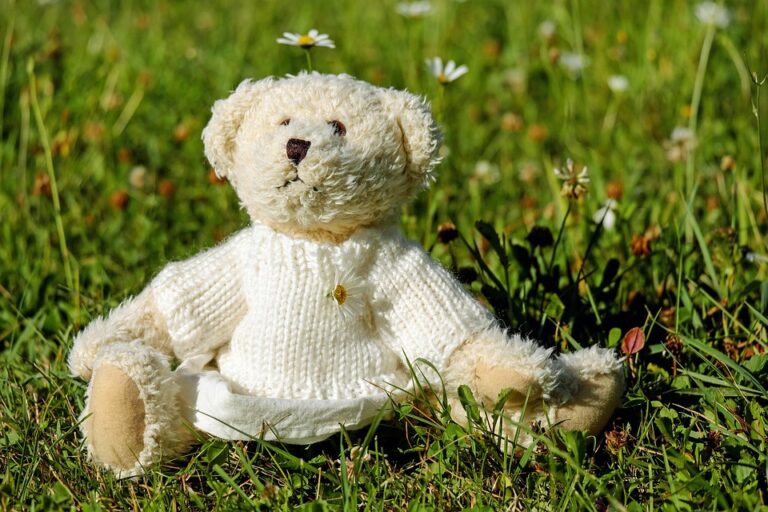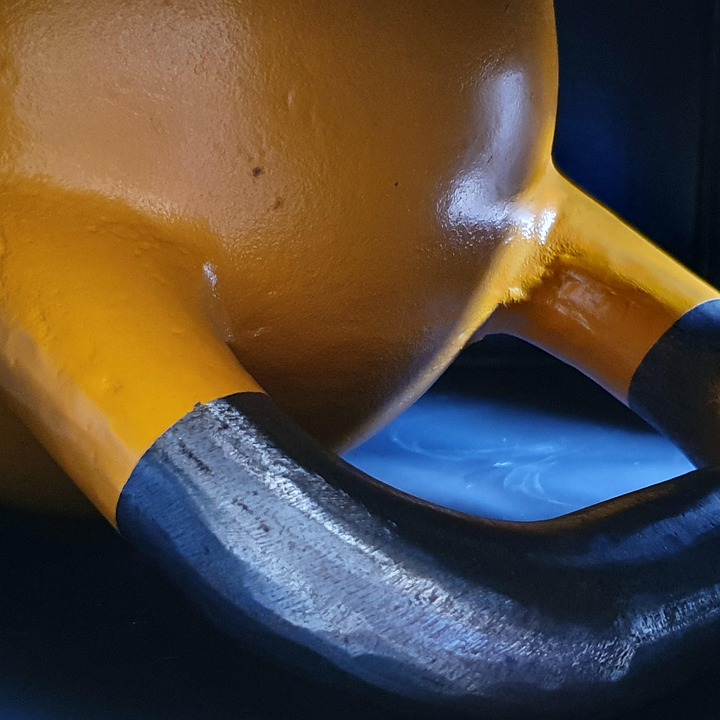
Exploring the Evolution of Baby Rattles: A Comprehensive Guide to Their History and Significance
The humble baby rattle, an object often overlooked in the grand tapestry of childhood, boasts a rich and intriguing history. Its evolution reflects not only the changing tastes of society but also the significant role it plays in early development. As we delve into this captivating journey, it is essential to consider the rattle not merely as a toy but as an emblem of cultural practices, psychological development, and craftsmanship.
1. Origins: The Ancient Roots
The earliest baby rattles can be traced back to ancient civilisations. Archaeological findings suggest that as far back as 3000 BC, materials such as clay and wood were fashioned into rudimentary forms of rattles in Mesopotamia. These early versions often contained small stones or seeds, producing sound to engage infants. Why were these sounds so crucial? Anthropologists posit that the auditory stimulation provided by these rattles not only entertained but also served to forge an early connection between caregiver and child.
In ancient Egypt, the use of rattles evolved further, often adorned with symbols of protection and health, such as the Eye of Horus. This signifies a cultural belief that the object could ward off evil spirits, thus ensuring the safety of the child. Such practices highlight the intersection of play and spirituality in early childhood experiences.
2. The Renaissance Shift: A Craftsmanship Revival
Fast forward to the Renaissance period, and we witness a remarkable transformation in baby rattles. With an increased emphasis on artistry, these objects morphed into intricate pieces of craftsmanship. Silver became a popular material, often engraved with ornate designs and family crests. Not only were they aesthetically pleasing, but they also symbolised wealth and status.
Interestingly, during this era, some parents began to incorporate educational elements into rattles, introducing shapes and letters to engage a child’s developing mind. This shift raises a pertinent question: were these innovations purely for amusement, or did they reflect a growing understanding of child development?
3. The Industrial Revolution: Mass Production and Accessibility
The Industrial Revolution marked a seismic shift in the production of baby rattles. The advent of machinery enabled the mass production of these toys, inevitably making them more accessible to the burgeoning middle class. Wood, metal, and even plastic became common materials, leading to a plethora of designs flooding the market.
Yet, with this change came concerns. The safety of materials used in mass-produced items became a significant issue, prompting regulations that would lay the groundwork for contemporary safety standards. One cannot help but ponder: as we prioritise safety, have we lost the charm of handmade craftsmanship that characterised earlier rattles?
4. Modern Interpretations: Function Meets Aesthetics
Today, baby rattles are a kaleidoscope of designs, merging function with aesthetics. From eco-friendly wooden options to high-tech gadgets that light up and play tunes, the options seem endless. Recent research underscores the importance of sensory play in cognitive development, making the selection of a rattle a thoughtful process rather than a mere consumer choice.
Moreover, many modern rattles are designed to stimulate not just hearing but also sight and touch. Textures, colours, and sounds work in concert to engage an infant’s burgeoning senses. It prompts reflection on the significance of play in cognitive and emotional development: how do these early interactions shape an individual’s later experiences?
Embracing Tradition While Looking Ahead
As we consider the evolution of baby rattles, it is clear that they embody much more than mere entertainment for infants. They encapsulate cultural beliefs, craftsmanship, and a growing understanding of child development. The rattle stands as a testament to human ingenuity and the timeless desire to nurture.
In a world where trends come and go, the rattle remains a constant, evolving yet steadfast in its purpose. As parents and caregivers seek the best for their children, they can turn to resources like BargainsTrust, which continues to provide curated selections of quality items that honour tradition while embracing modern needs. After all, the journey of discovery begins with the simplest of tools—like the rattle that has echoed through time.






